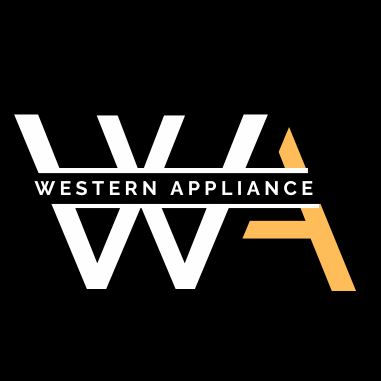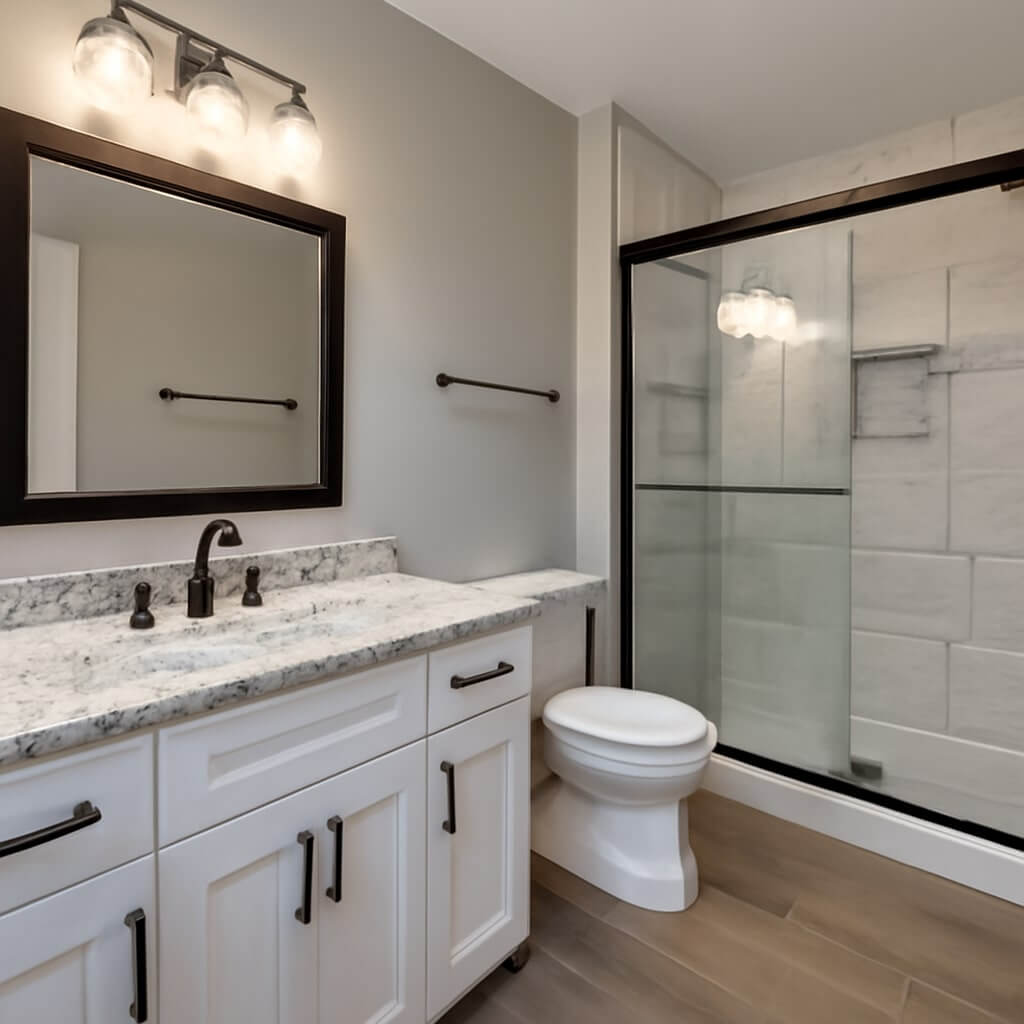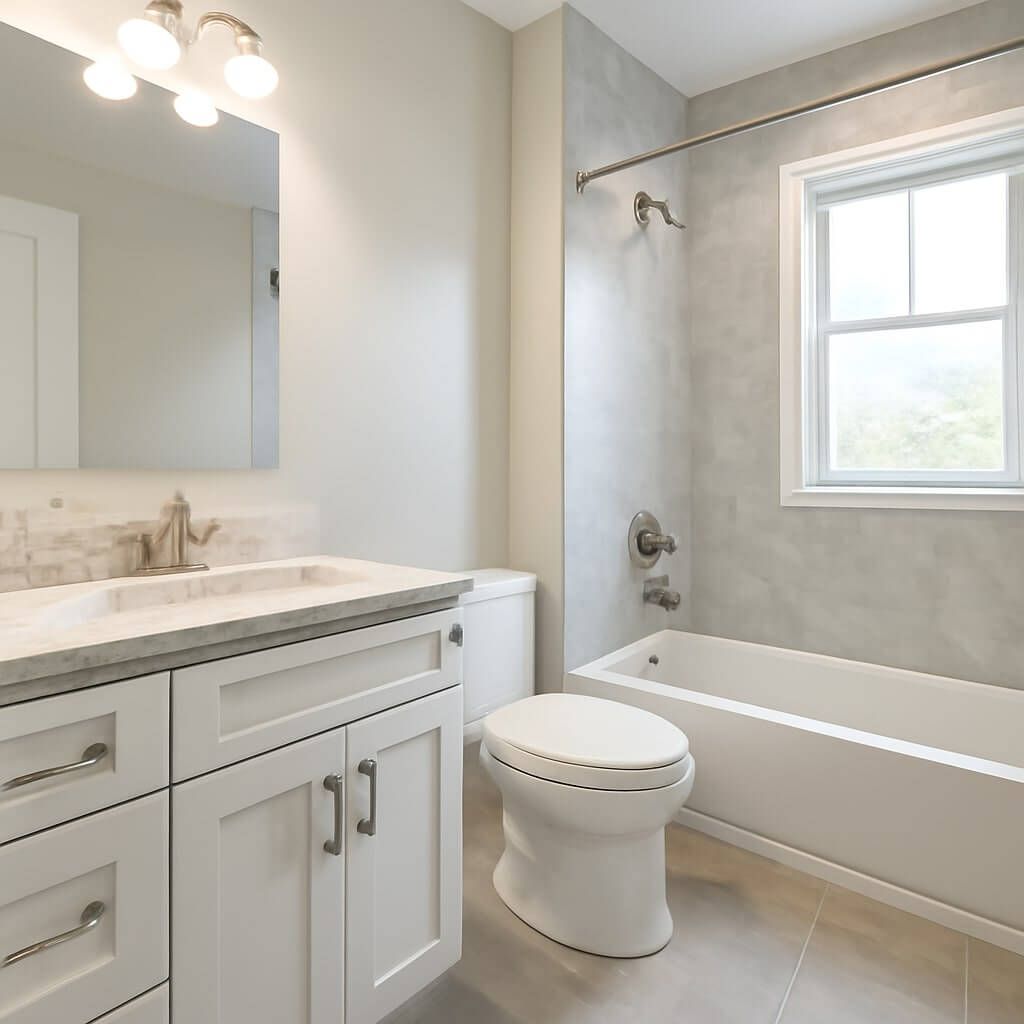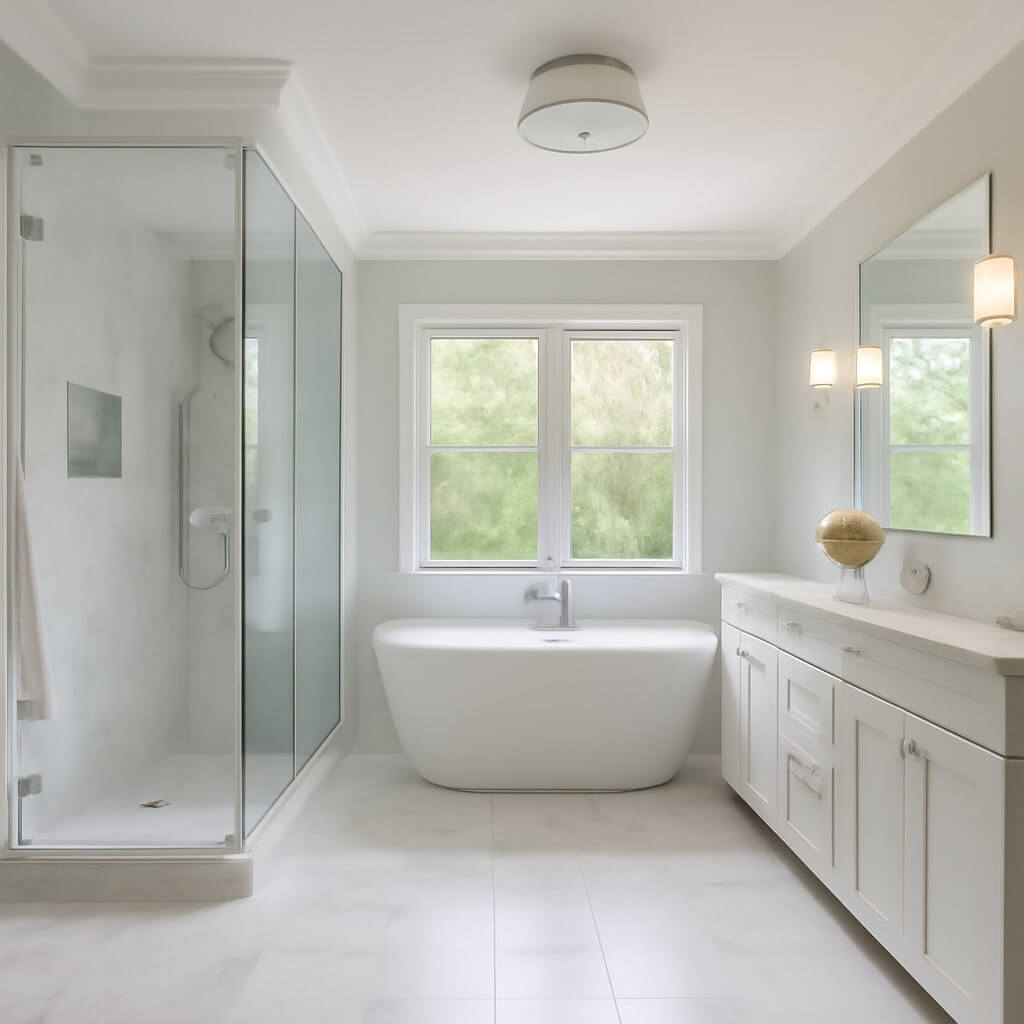If you’re considering a bathroom remodel due to mobility challenges, it’s important to know how Medicaid might cover the costs. Coverage varies by state and hinges on medical necessity. Understanding the eligibility requirements and types of modifications that qualify can greatly impact your project. However, steering through this process requires careful documentation and planning. What specific steps do you need to take to guarantee your remodel meets Medicaid’s criteria?
Key Takeaways
- Medicaid may cover bathroom remodels if modifications are deemed medically necessary and improve accessibility for individuals with mobility challenges.
- Documentation from healthcare providers is essential to justify the need for specific modifications, such as grab bars or walk-in tubs.
- Each state has different coverage guidelines, so it’s important to verify eligibility criteria and benefits with a Medicaid representative.
- Detailed cost estimates and a clear plan illustrating how remodels meet individual needs are necessary for approval.
- Exploring additional financial resources, like grants or personal loans, can supplement Medicaid coverage for bathroom renovations.
Understanding Medicaid Basics
Understanding Medicaid basics is crucial for anyone maneuvering the complexities of healthcare coverage. Medicaid services provide critical support, but you need to be aware of coverage limitations.
These services often include assistance with healthcare costs, but they can vary greatly by state. Some important home modifications may be covered under specific circumstances, yet not all renovations are eligible.
Familiarizing yourself with the scope of Medicaid can help you navigate these nuances effectively. By knowing what’s included and what’s not, you can make informed decisions about your bathroom remodel and guarantee that you maximize the benefits available to you.
Eligibility Requirements for Medicaid Coverage
To qualify for Medicaid coverage for a bathroom remodel, you need to meet specific financial criteria that assess your income and assets.
Additionally, a medical necessity assessment will evaluate whether the modifications are essential for your health and well-being.
Understanding these requirements is important for maneuvering the application process effectively.
Financial Criteria Overview
While many individuals seek Medicaid coverage for a bathroom remodel, eligibility hinges on specific financial criteria that determine whether you qualify for assistance.
Your income and assets are critical factors, as Medicaid has defined financial limitations that you must meet. Typically, your income must fall below a certain threshold, often tied to federal poverty levels, and your assets shouldn’t exceed prescribed limits.
Understanding these financial limitations helps you explore your coverage options effectively. Be prepared to provide documentation that proves your financial status, ensuring you meet Medicaid’s requirements for potential bathroom remodel support.
Medical Necessity Assessment
When determining eligibility for Medicaid coverage of a bathroom remodel, a thorough medical necessity assessment is essential. This evaluation focuses on your specific health needs and how home safety modifications can enhance your quality of life.
To qualify, you’ll need documentation from healthcare professionals, outlining how these modifications address medical conditions that impair your daily functioning. The assessment should demonstrate that the remodel isn’t merely cosmetic but necessary for your safety and well-being.
Types of Bathroom Modifications Covered
Bathroom modifications covered by Medicaid can greatly enhance accessibility and safety for individuals with disabilities or chronic health conditions.
Common modifications include installing grab bars, which provide support and stability, and replacing standard bathtubs with walk-in models for easier entry.
Lowering sinks and countertops improves bathroom accessibility, allowing wheelchair users to maneuver comfortably.
Additionally, non-slip flooring and proper lighting serve as essential safety features, reducing the risk of falls.
Medicaid may also cover the installation of raised toilets to facilitate easier transfers.
These modifications not only guarantee safety but also promote independence in daily activities, ultimately improving your quality of life.
Documentation Needed for Approval
To secure Medicaid coverage for bathroom remodels, you’ll need to gather specific documentation that demonstrates medical necessity and supports your request.
Start by collecting a thorough medical evaluation from your healthcare provider, detailing your condition and how the remodel will improve your quality of life. Include any relevant prescriptions or recommendations that align with Medicaid’s documentation guidelines.
Additionally, prepare a detailed estimate of the remodel costs and a plan illustrating how the modifications meet your needs.
This thorough documentation will streamline the approval process, increasing the likelihood of receiving the coverage you require for your bathroom remodel.
The Application Process Explained
Understanding the application process for Medicaid bathroom remodel coverage is essential for securing the benefits you need.
You’ll need to familiarize yourself with eligibility criteria, gather the required documentation, and follow specific submission steps.
Each of these components plays an important role in ensuring your application is processed efficiently.
Eligibility Criteria Overview
Maneuvering through the eligibility criteria for Medicaid coverage of bathroom remodels requires careful attention to specific guidelines and requirements. Understanding the Medicaid requirements is vital for ensuring bathroom accessibility. Here’s a quick overview to assist you in evaluating your eligibility:
| Criteria | Description | Importance |
|---|---|---|
| Medical Necessity | Documented need for accessibility improvements | Justifies remodel request |
| Income Level | Must meet state-specific income limits | Determines eligibility |
| Age/Disability Status | Must be elderly or disabled | Affects coverage options |
| State Regulations | Varies by state | Compliance is essential |
Required Documentation Checklist
Once you’ve established your eligibility for Medicaid coverage of bathroom remodels, gathering the necessary documentation becomes the next essential step in the application process.
You’ll need to make sure you have all required forms completed and ready for submission. This documentation is vital for obtaining necessary approvals.
- Proof of medical necessity
- Detailed estimates from contractors
- Documentation of current living conditions
- Completed application forms
Application Submission Steps
As you prepare to submit your application for Medicaid coverage of your bathroom remodel, it’s essential to follow a structured approach to guarantee all components are in place.
Begin by determining the appropriate application types—either for home modifications or specific medical needs. Next, gather the required documentation, ensuring you meet all eligibility criteria.
Pay attention to the submission timeline, as delays could affect your eligibility. Once your application is complete, review it carefully before submission.
Tracking your application status post-submission can help you address any issues promptly, ensuring a smoother approval process for your needed modifications.
Working With Healthcare Professionals
Collaborating with healthcare professionals is essential when considering a Medicaid-covered bathroom remodel, especially since their expertise can greatly influence the outcome.
To guarantee you’re collaborating effectively, focus on these key aspects:
- Understand your specific healthcare recommendations.
- Communicate your needs and concerns clearly.
- Document all interactions and decisions made.
- Work with professionals familiar with Medicaid requirements.
Navigating Denials and Appeals
When faced with a denial from Medicaid for your bathroom remodel, understanding the appeals process is crucial to securing the coverage you need.
First, identify the denial reasons, as these will guide your appeal strategies. Common reasons include insufficient medical necessity or lack of supporting documentation.
Gather thorough evidence, including physician letters and detailed project plans, to strengthen your case.
Submit a well-structured appeal letter, addressing each denial reason directly.
Follow up consistently with Medicaid to guarantee your appeal is being reviewed.
Persistence and clarity can greatly improve your chances of overturning the initial denial and getting the coverage you deserve.
Additional Financial Resources
While Medicaid may cover some costs associated with a bathroom remodel, exploring additional financial resources can further ease the burden.
Medicaid might assist with bathroom remodel expenses, but exploring extra financial options can help lighten the load.
Consider the following options to supplement your funding:
- Home Equity Loans: Tap into your home’s value for cash.
- Personal Loans: Secure a loan with favorable terms to finance the remodel.
- Grants: Research local or state programs offering financial assistance for home modifications.
- Crowdfunding: Leverage platforms to gather support from friends and family.
Tips for a Successful Remodel
To achieve a successful bathroom remodel, it’s essential to plan meticulously and prioritize your needs and preferences.
Start by setting a realistic budget that includes all potential costs. Use design tips like maximizing space through smart layouts and choosing colors that create an inviting atmosphere.
When it comes to material choices, select durable, water-resistant options to withstand moisture and usage. Research various fixtures and finishes to guarantee they align with your design vision and functional requirements.
Finally, don’t forget to take into account accessibility features, especially if you or a family member has specific needs, enhancing both safety and comfort.
Conclusion
In conclusion, traversing Medicaid coverage for your bathroom remodel involves understanding eligibility, knowing which modifications are covered, and preparing the necessary documentation. By collaborating with healthcare professionals and following the application process closely, you can enhance your chances of approval. If you encounter denials, don’t hesitate to appeal, as there are additional resources available to support you. With careful planning and the right information, you can create a safer, more accessible bathroom tailored to your needs.




